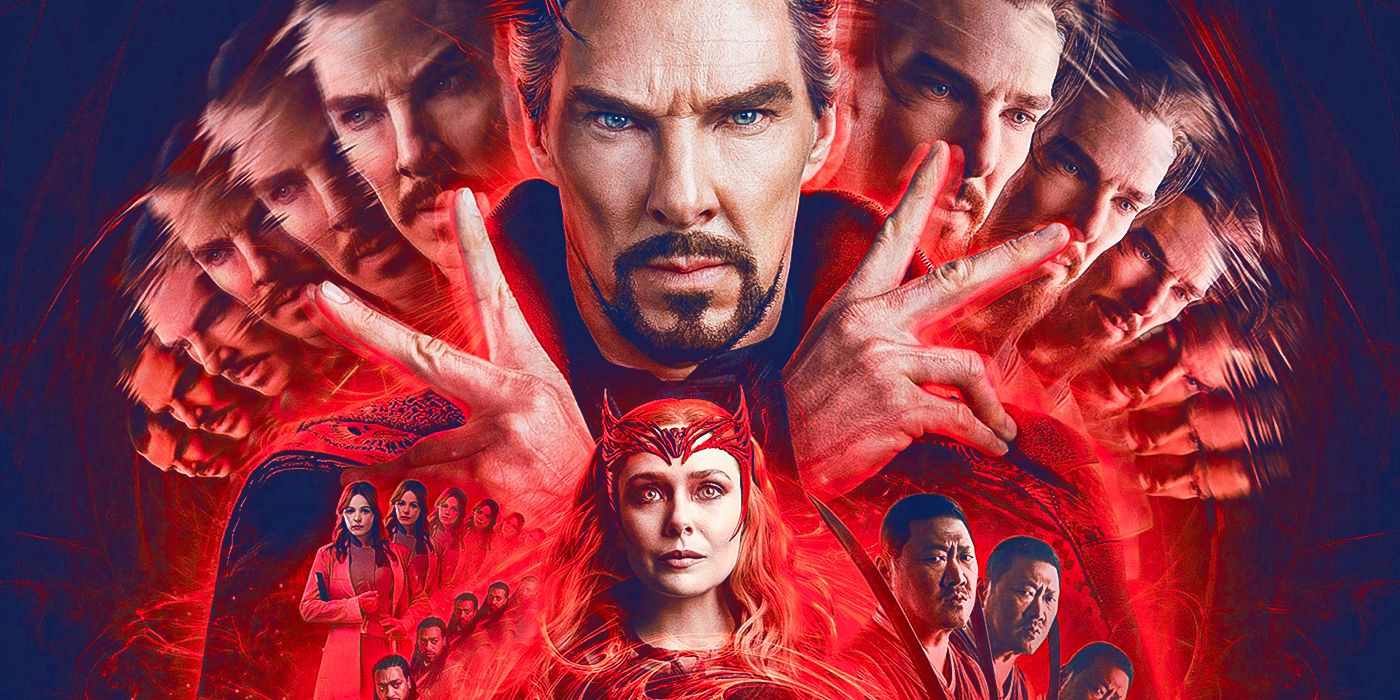It’s been explained to you at length this week, and it’s an overly hammered line because it’s true: you may want to play some media catchup before diving into the “Multiverse of Madness” with Dr. Strange and everyone else Marvel sent onto its latest adventure. Avengers: Infinity War and WandaVision, among others..
“He’s (Doctor Strange) the parallel to Iron Man as Marvel delves deeper into sorcery,” said Chris Matteo, 25, a Hauppauge resident psychology and neuroscience researcher, and fan of the number-one film in the world currently. “Iron Man used actual science to exert control; while Strange deploys scientific and critical thinking to exert his.”
As do we. Or at least, we try.
For what’s less a “Doctor Strange 2” as it is “Ash vs. the Evil Dead vs. Scarlet Witch,” the supreme superhero movie-producing machine fascinatingly chose cult-beloved Sam Raimi, best known for his Evil Dead and Tobey Maguire/Spider-Man trilogies, to weave his stylistic proclivities into the latest innovations in cinematic interdimensional travel.
Now that you’ve survived that loaded last sentence, the film at large boils down to this: it succeeded in reaching its targeted demographics. They are threefold: those keen on (1) all things Raimi, which is its own separate can of worms; (2) testing out a live-action Rick and Morty, the comic book hot bed-turned-mega movie conglomerate’s staunchest competitor in the grade school-attending apparel market.
And, above all, (3) reminding kids why we go to, and ultimately surrender to the movies; to be as wealthily entertained as we are healthily petrified. From a narrative standpoint, Doctor Strange (Benedict Cumberbatch) delivers in a Doctor Who-yin turn to the aptly-named America Chavez’ (Xochitl Gomez) yang. In the $200 million-budgeted visual behemoth that’s already grossed a whopping $507 million, and counting, as of Wednesday, May 11, the latter hero breaks out as a teenager with the nerve-triggered power to travel through the same multiverse which brought back Spider-men of yesteryear last Christmas.
Raimi directs from a script penned in-large by Michael Waldron, an uncoincidental former writer on the all-time Adult Swim cartoon Doctor Strange in the Multiverse of Madness bears more than a passing resemblance, in terms of ambition, to. Subjects of the Dan Harmon story circle-worshiping tribe need not worry; he hasn’t been supplanted as the Mad King of Tragicomedy.
Even still, that’s comparing a giant to a God, metaphorically speaking. In harkening Bill Hader’s most-remembered Saturday Night Live character, this film has everything: unlimited-by-PG-13 restrictions, thereby leaping beyond the bounds of what Disney typically signs off on rolling out; a cluster of cameos; The Illuminati!
Don’t believe half of what you’ve heard, though. Align with the opposite camp; or, most simply, see the film yourself before you let someone else’s opinions inspire you to let it start collecting dust inside the shelf of your mind.
Raimi was the man for the assignment. You need an auteur – a commander of a unique style that’s indisputably his, and no one else’s – to pull this off. Even in collaboration with the largest studios in this realm, you can tell a Raimi flick from the next the second “Chekov’s corpse” comes into play.




